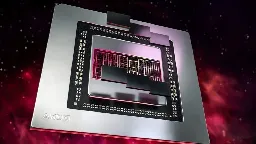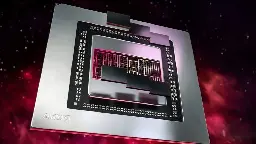AMD announces unified UDNA GPU architecture — bringing RDNA and CDNA together to take on Nvidia's CUDA ecosystem
AMD announces unified UDNA GPU architecture — bringing RDNA and CDNA together to take on Nvidia's CUDA ecosystem

www.tomshardware.com
AMD announces unified UDNA GPU architecture — bringing RDNA and CDNA together to take on Nvidia's CUDA ecosystem


